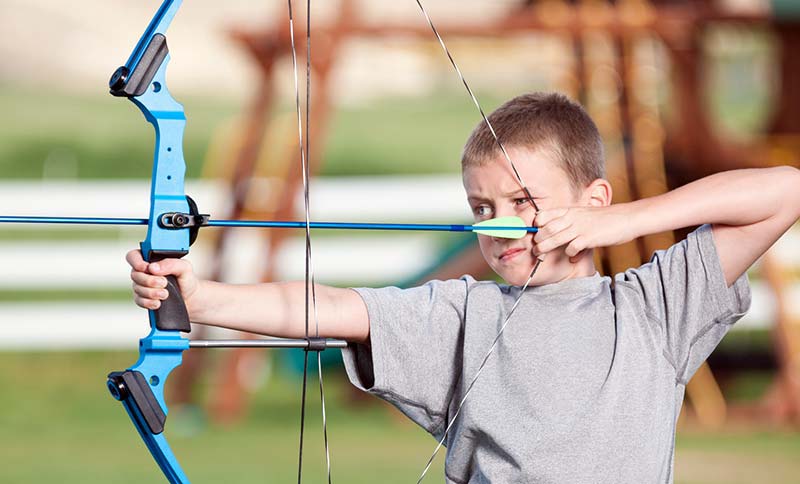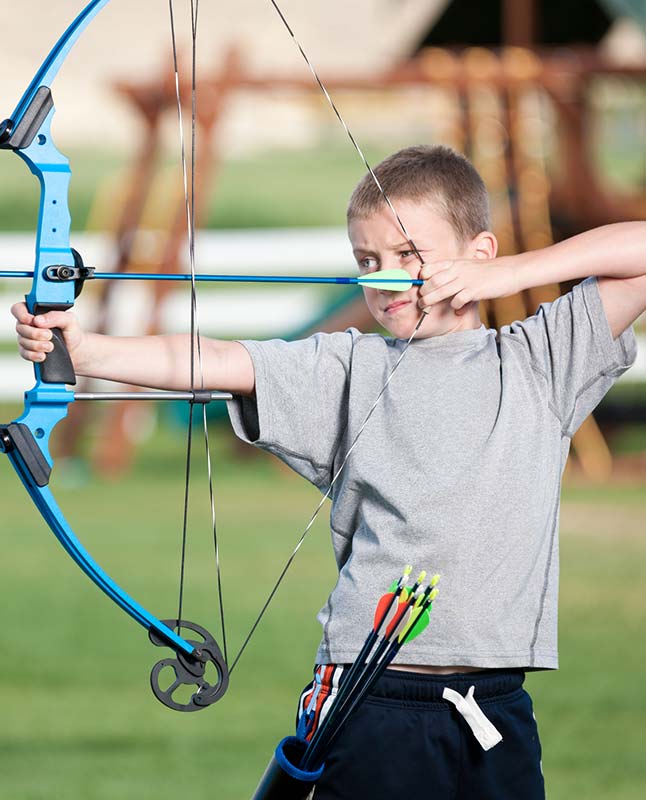≡
National Archery in the Schools Program
In addition to archery, participating students learn confidence, focus and motivation.
The National Archery in the Schools Program (NASP) teaches international-style target archery in physical education classes for grades four through twelve.
The program fits easily into the school day, usually as a two-week PE course. The course covers archery history, safety, technique, equipment, concentration, core strengthening, physical fitness and self-improvement. Before presenting the archery course to students, teachers undergo a rigorous eight-hour NASP training program.
Academic and interpersonal benefits
The results of a recent study* showed that NASP participation helped students, even outside of their physical education (PE) classes:
- 84 percent of instructors agreed that archery improved students' self-confidence.
- 78 percent of instructors agreed that archery improved students' motivation.
- 74 percent of instructors agreed that archery improved students' behavior.
- 64 percent of students stated that the program has helped them to pay more attention and improve their focus in a variety of learning situations.
Overall, 83 percent of students enjoyed the opportunity to learn archery in their schools, and 78 percent rated their archery skills as either good or very good after completing the course.
Program growth and success in Utah
Utah has become the thirty-second state to participate in NASP, and the program is gaining momentum. As of February 2025, Utah has 149 schools trained and participating in NASP.
This program offers students lifelong skills and provides many additional benefits. The DWR is working to introduce NASP in other schools across the state. By partnering with sportsmen's groups and other conservation organizations, the DWR hopes to minimize or eliminate the cost of equipment and instruction.
Helpful information
- Contact the Utah NASP representative
- Download course curriculum
- Archery in the Schools—national website
* Responsive Management conducted the study in consultation with Hilarie Davis, Ed.D., of the Technology for Learning Consortium.









